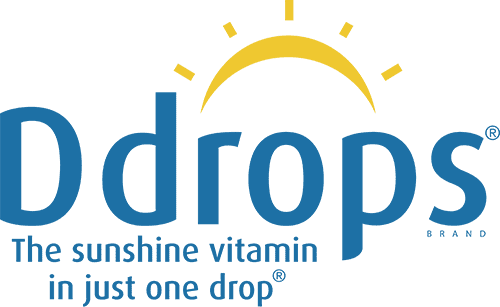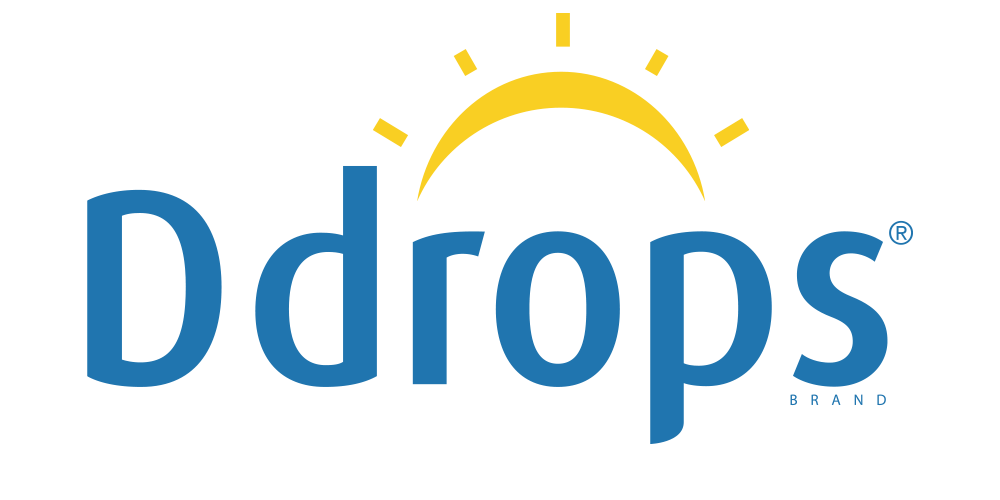March 11, 2016
What is food fortification?
Food fortification is the process of adding vitamins and/or minerals to a food. Vitamin D, folic acid, and vitamin A are all common nutrients that are added to staple foods to increase the nutritional content. [1] Some of these staple foods include rice, salt, wheat flour, and milk. Fortification is a safe practice that improves the public’s consumption of specific vitamins and minerals. Some common examples of food fortification include adding vitamin D to milk, iron to cereal, and folic acid (a B vitamin) to flour. [2]
How are foods fortified with vitamin D?
Foods are fortified with two different forms of vitamin D: vitamin D2 (ergocalciferol) and vitamin D3(cholecalciferol). [3] Vitamin D2 is a plant-derived form of vitamin D and vitamin D3 is available from animal sources (fatty fish and eggs are examples) and exposure to sunlight. Both forms of vitamin D contribute to health, however, the vitamin D3 form has been found to be more effective at raising levels of serum 25-hydroxyvitamin D than vitamin D2 (serum 25-hydroxyvitamin D is a marker that shows how much vitamin D is in a person’s body).
Common foods fortified with vitamin D
Very few foods have naturally occurring vitamin D present, therefore fortification is very common. Cow’s milk is the most common food that is fortified with vitamin D at the time of processing. In the United States, milk beverages are voluntarily fortified, and in Canada, cow’s milk is regulated by law to be fortified with 35–40 IU/100 mL of vitamin D. [4] Orange juice, soy beverages, cereals, yogurt, and some cheeses are sometimes fortified with vitamin D. It is best to check the label to be certain if your foods are fortified.
Why fortify food?
Food fortification is important to help the public consume enough vitamins and minerals in order to ensure better health. It is especially important to fortify foods with vitamin D as there are limited foods with naturally occurring sources of vitamin D. Sardines are a great source of vitamin D, but a person would have to consume 4.2oz (or 120g) of sardines in order to reach 600 IU vitamin D, which is at the lower level of the recommended amount. The limited amount of sunlight exposure that many individuals receive, due to living in northern climates and an indoor lifestyle, also contributes to the population’s need for vitamin D fortification and supplementation. [5]
[1] “Food Fortification in Today's World: Is It Necessary?” ENU Nutrition, Cambrooke Therapeutics and Trovita Health, 9 Oct. 2017, https://enu-nutrition.com/blog/food-fortification-in-todays-world-is-it-necessary/.[2] Dietitians of Canada. Food Sources of vitamin D. February 25, 2014. https://www.unlockfood.ca/en/Articles/Vitamins-and-Minerals/What-you-need-to-know-about-Vitamin-D.aspx
[3] Vitamin D Fortification of Foods. April 1, 2010. https://www.nutraceuticalsworld.com/contents/view_online-exclusives/2010-04-01/vitamin-d-fortification#sthash.PsEBije0.dpuf
[4] National Institute of Health. Vitamin D – Fact Sheet for Health Professionals. February 11, 2016. https://ods.od.nih.gov/factsheets/VitaminD-HealthProfessional/#h3.
[5] Ann N Y Acad Sci. 2014 May;1317:92-8. doi: 10.1111/nyas.12443. Epub 2014 May 9. Diet, sun, and lifestyle as determinants of vitamin D status. https://www.ncbi.nlm.nih.gov/pubmed/24814938




Để lại một bình luận
Trang web này được bảo vệ bằng hCaptcha. Ngoài ra, cũng áp dụng Chính sách quyền riêng tư và Điều khoản dịch vụ của hCaptcha.